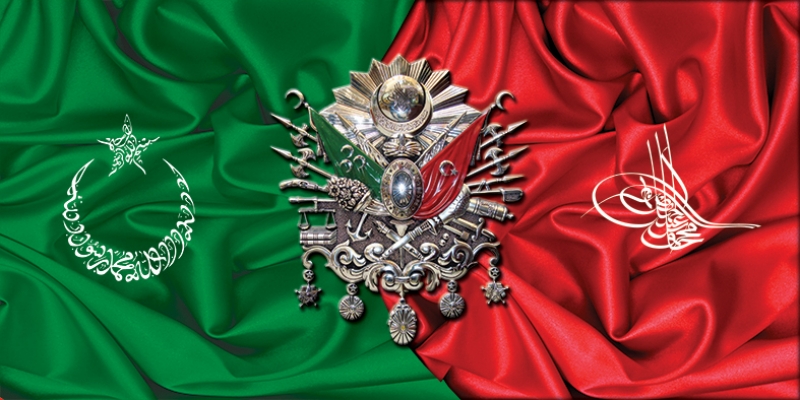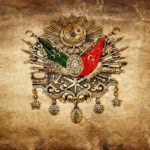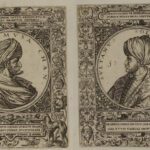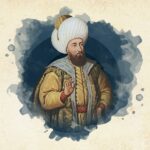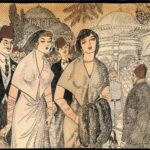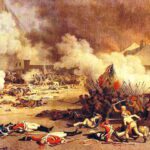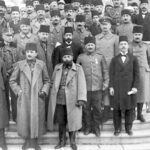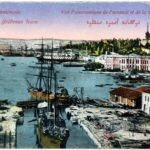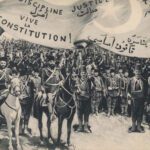The Meaning of the Ottoman Coat of Arms, as one of the symbols of the Ottoman Empire, attracts attention with its historical and cultural depth. This coat of arms is more than just a symbol, it carries a whole of meaning that reflects the political, social and military values of the empire.
The Ottoman Coat of Arms, as a sign representing the state, symbolized the power, authority and prestige of the empire in the international arena. When the details of the coat of arms are examined, it is seen that various elements come together and each has its own unique meaning.
Components of the Coat of Arms
The Ottoman Coat of Arms has a complex structure consisting of different elements. Among the most distinctive elements of the coat of arms are the crescent and star, shield, tughra and various decorations. The crescent and star, which is the most striking among the Ottoman symbols and meanings , represents a national identity as a symbol of Islamic culture and the Ottoman Empire, while representing Muslim communities spread over the vast territory of the empire.
The moon usually symbolizes light and wisdom, while the star represents guidance and hope. This symbol has an important place in the historical process of the empire, especially symbolizing the sea and land power of the Ottoman Empire.
While the shield symbolizes the military power and defense capability of the Ottoman Empire, it also expresses the protection of the state. The shield’s significance symbolizes the empire’s strength to resist its enemies, while also reflecting the Ottomans’ military achievements and territorial gains.
Tugra and Its Meaning

The tugra, which is an important part of the coat of arms, is a symbol that represents the official signature and authority of the Ottoman sultans. The tughra of each sultan reflects his reign and personality.
The Ottoman Coat of Arms was originally used in the administrative and legal documents of the state, reinforcing the legitimacy of the empire. Since Tugra contains an artistic expression, it also reveals the elegance and aesthetic understanding of Ottoman art.
Historical Development of the Ottoman Coat of Arms
The Ottoman Coat of Arms has evolved in the historical process of the empire. While it had a simpler structure in its early periods, it became more complex over time by adding decorations and details. This change reflects the size, cultural richness, and artistic understanding of the Ottoman Empire.
When evaluated in a historical context, the meanings of the symbols on the Ottoman coat of arms help to deeply understand the political and social structure of the Ottoman Empire. For example, various animal figures in the coat of arms are also important symbols. These figures stand out as elements representing courage, strength and protectiveness.
The lion stands out as a symbol of nobility and power, while the eagle represents height and independence. Such symbols revealed the warrior spirit and understanding of the state of the Ottoman Empire, while at the same time reinforcing the national feelings of the people.
Result
In conclusion, the Meaning of the Ottoman Coat of Arms is more than just a symbol, it is an important element that sheds light on the history, culture and social structure of the Ottoman Empire. While the coat of arms symbolizes the power, authority and prestige of the empire in the international arena, it also reflects its understanding of art and aesthetics.
When the question of who made the Ottoman coat of arms is considered in a historical and cultural context, it appears as the works of Ottoman artists and craftsmen. Today, the meanings of the symbols in the Ottoman coat of arms maintain their importance as a historical heritage and undertake the task of transferring the values from the past to future generations.
